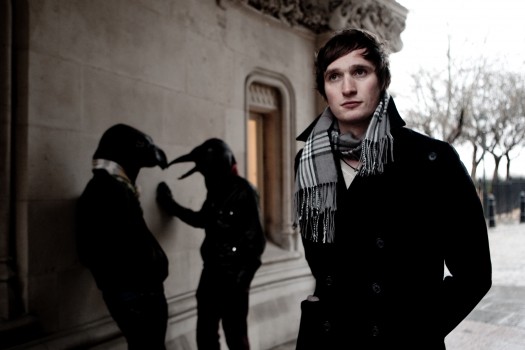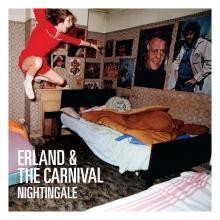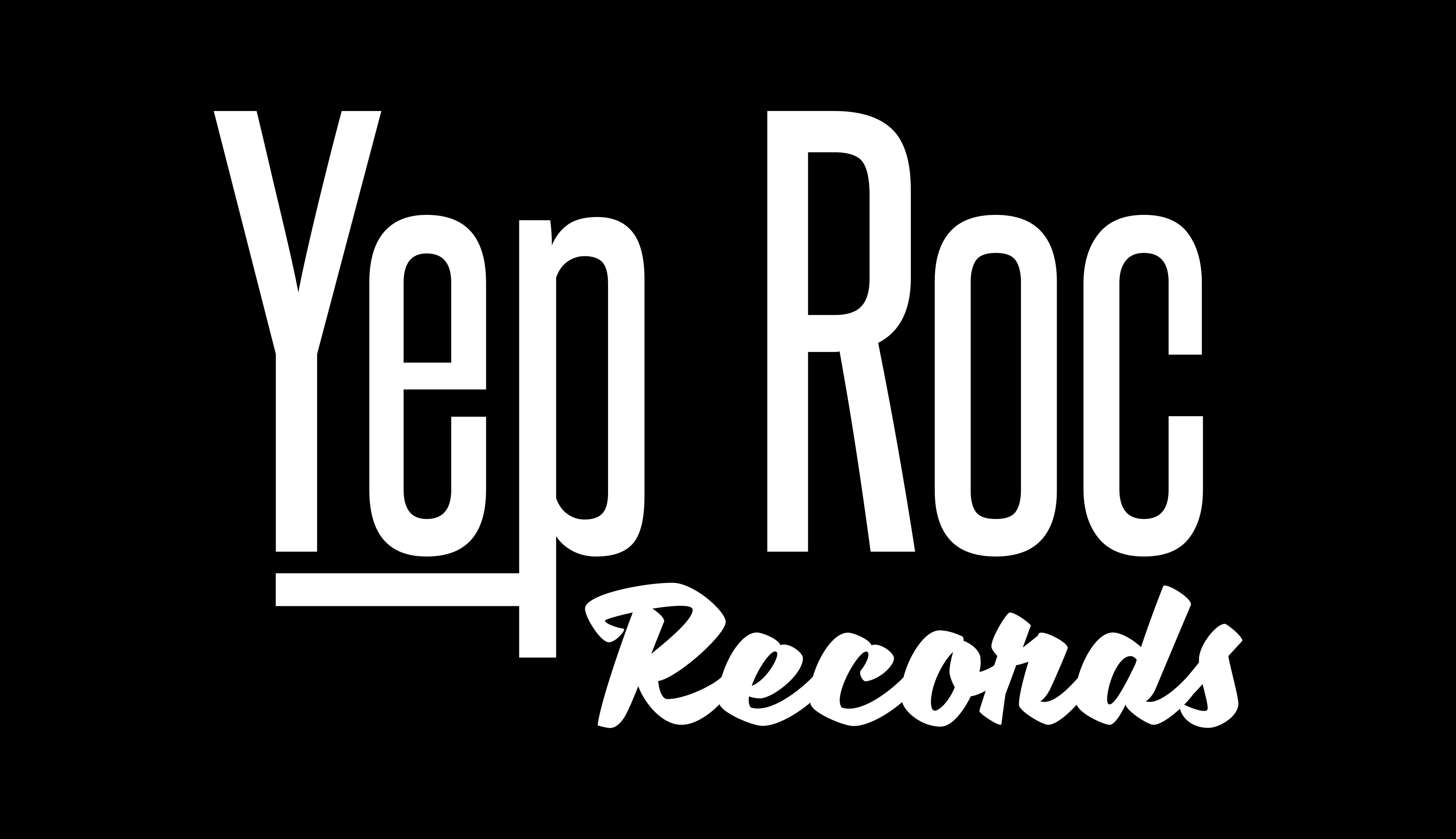
.........................................................
Every band has a moment that provides pause for thought. For Erland & The Carnival, it was their November 2010 performance at New York’s Apollo Theater– scene of legendary shows by James Brown, Aretha Franklin and countless soul heroes. As Paul Weller looked on from the wings, singer Erland Cooper found himself saying, in his Scottish brogue, “Here’s a wee Welsh folk song.”
“I thought, there can’t be many people who’ve said that on stage at the Apollo,” he says “But it went down really well. The Americans have been so enthusiastic in general. I went to itch the back of my head at one point and someone thought I was highfiving them.”
That moment was the pinnacle of a year that saw the band introduced to the United States not only through the dates with The Modfather, but through the Trouble in Mind EP which saw a late 2010 digital release. Now in 2011 and never chaps to stay still for long, Erland & The Carnival are already back to doing what they do best, making music.
The band’s debut US full-length Nightingale is a darker, more direct hit of E&TC’s audio intoxicant than ever before, evidenced by the album’s eerie cover art: a documentary photo of the Enfield poltergeist at work in the late ’70s depicts young Janet Hodgson being thrown across her bedroom by the much-debated dark spirit.
“I remember seeing the shot in a book when I was a kid and it always stuck with me,” says guitarist Simon Tong, ex of The Verve and The Good, The Bad & The Queen, now a guitar-for-hire in Gorillaz. “The photo has influenced the music because we’re trying to create a soundtrack to an imaginary horror film about the supernatural.”
If the picture stirred up dark thoughts in the band, they were helped along by a particularly unusual location: the album was recorded deep in the bowels of a ship moored at Embankment on the river Thames, where dehumidifiers never did manage toremove the dank smell and the sounds of water created an unmistakable ambience.
“You could hear sounds in the hull when we were mixing the record,” says drummer David Nock, former right hand man of producer Youth, with experience playing and engineering for David Gilmour, The Orb, Paul McCartney and many more. “You’d get home and play it again and realise that something was missing, so we had to set up contact mics all around the ship to capture its unique sounds.”
When cabin fever inevitably set in, they’d poke their heads above board and watch the city commuters buzzing about, the real world rushing by as the trio spent hours in darkness in search of sounds and songs.
Like E&TC’s music, the ship is full of history. Built in 1918, it last sailed as a pirate radio station broadcasting far-out sounds to the mainland. Before that, it played a crucial part in the war effort. “It used to be a passenger cruise liner. German U-boats would clock it, see it was a passenger ship and surface to conserve air. Then turrets would come out of it and shoot at them,” says David. “It’s the Trojan Horse of ships, and we were in the belly of it.”
Nightingale is conceived as something of a Trojan Horse itself, because sweet pop moments punctuate moments of all out insanity. First single “Map of an Englishman” comes early, but it’s a lure into the madhouse beyond.
“It’s the handshake on the way to the strange psychedelia within,” says David. “After that, it’s like being at a Halloween party: you’ll get acid dropped in your drink and wake up naked on a beach in Orkney 17 hours later.”
Orkney: that’s Erland country. He grew up on the remote Scottish island, where the radio provided a link to mainland music and time was spent playing music, rowing on the sea and tipping cows. It’s a strange, almost treeless landscape up there, and it’s a place with a rich folk tradition. Local legends tell of trowies — Norse trolls who’ll lead you into the woods for a night of dancing and return you a lifetime later — and selkies — shape-shifting sea creatures who’d lure young men into the water.
As a grown man, Erland let studies and music take him from Orkney to London, Hungary, Spain and back to the capital, where his path crossed with producer Youth. Tong and Youth had founded a small folk night and label and, with Nock, were recording one-off tracks with various folk singers. Erland was one of them, but his talent demanded more tracks and more time. “You work with hundreds of people a year but Erland had a little bit of magic, something indescribable,” says David. Pretty soon, they realized they had put together a band, a single-minded entity bound by a love of Ralph Vaughan Williams, psychedelic rock and Jackson C. Frank, whoseWelcome to the Carnival gave the band its name.
Where Vaughan Williams went around the country collecting folk songs and transforming them into orchestral symphonies, E&TC find fragments of old songs and melodies, boil them down to the essentials and create brand new pieces of work. It’s the folk tradition in a truly modern style. And the dark subject matter of many folk songs pushes buttons for the band.
“Folk music is storytelling, and the stories that most people tell to this day are often quite grotesque and horrible,” says Erland. “There is a darkness to folk music that is very human — it’s the natural themes of love and death.” “Humans are depraved at times,” says David. “They do some fucked up shit. The darkness is all around us.”
Thus united, the band set about recording an album by way of an EP that — in the manner of Daniel Johnston’s Hi, How Are You — was re-recorded live for each copy in its run, and early live appearances took place in venues as diverse as a model village. They’ve since become a live band with serious chops, a dark, psychedelic circus whirl that Erland describes as a “three headed beast.” Just ask the audience at the Apollo.
Beasts, ghosts and Trojan ships: welcome to the weird world of Erland & The Carnival.
On Tour:
Media:
Links:
WEBSITE TWITTER FACEBOOK MYSPACEYep Roc Discography:


